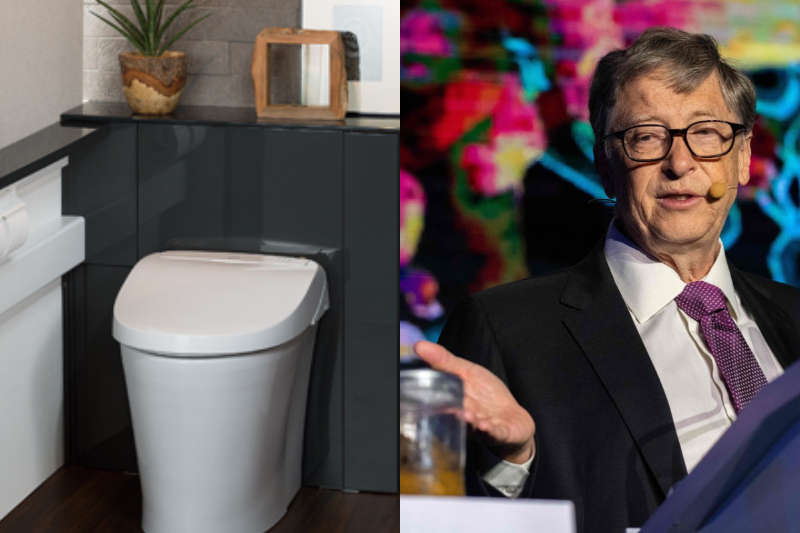- Sponsored -
Bill Gates spent $200 billion to reinvent toilets, sanitation research

The world’s richest man and American billionaire — Bill Gates — on Tuesday said that reinvention of toilets can save whopping $200 billion. Speaking at the Reinvented Toilet Expo — Microsoft founder said that the technologies you’ll see here are the most significant advances in sanitation in nearly 200 years.
- Sponsored -
According to reports, The Bill and Melinda Gates Foundation has significantly spent around $200 million over a period of seven years to fund sanitation research projects in this direction. They are likely to spend at least another $200 million before the toilet is ready.
 In the year 2011, Gates Foundation started ‘Reinvent The Toilet’ challenge under which it offered grants to get scientists and businesses to take a different approach by inventing toilets. It would be cheap to build and use, could consistently get rid of pathogens, would work without being connected to a large system to deal with the waste and could be widely adopted.
In the year 2011, Gates Foundation started ‘Reinvent The Toilet’ challenge under which it offered grants to get scientists and businesses to take a different approach by inventing toilets. It would be cheap to build and use, could consistently get rid of pathogens, would work without being connected to a large system to deal with the waste and could be widely adopted.
Pointing at his jar of poop, Bill Gates said, “It’s a good reminder that in (the jar) there could be 200 trillion rotavirus cells, 20 billion Shigella bacteria, and 100,000 parasitic worm eggs.”
Considering the number of diseases poor sanitation can cause, he said that it kills over 50,000 children under the age of five each year and costs the world more than $200 billion annually in health care.
The Gates Foundation’s toilet project is meant to function in regions where proper toilets are too expensive or not feasible to set up because of non-existent sewer systems.

“The current toilet simply sends the waste away in the water, whereas these toilets don’t have the sewer. They take both the liquids and solids and do chemical work on it, including burning it in most cases.” Gates added.
To put it simply, the toilets have an electrochemical reactor that can break down water and human waste into fertilizer for fields and hydrogen, which can be stored in hydrogen fuel cells as a green energy source. Even the little water used is treated enough to reuse for flushing or for irrigation.
The idea is to first install these toilets in places like hospitals, schools and apartment complexes before costs come down enough for them to enter individual homes.
Also read: Where does Bill Gates stash his money?
- Sponsored -
